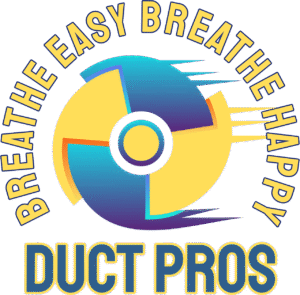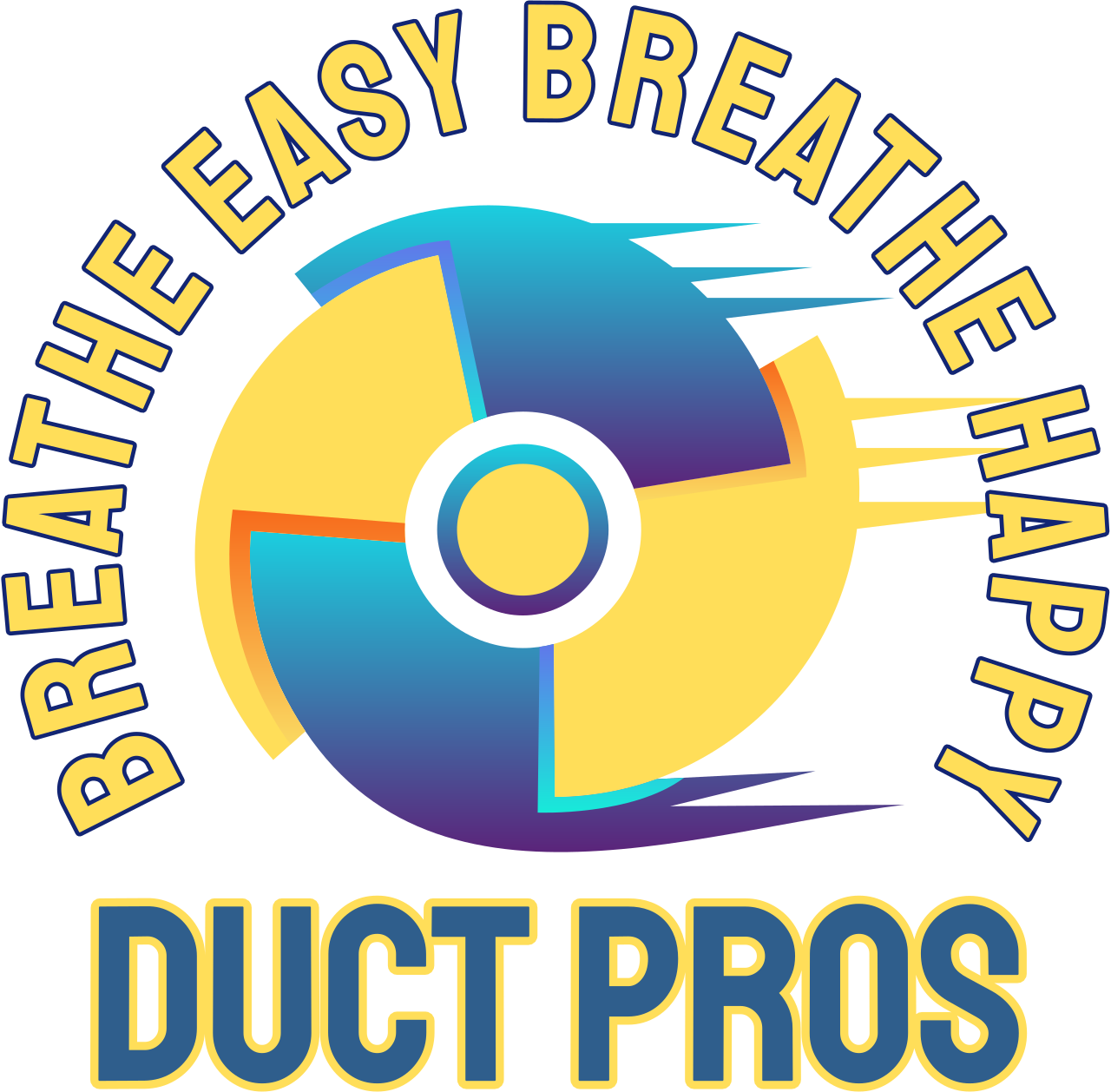How Often Should You Clean Your Air Ducts?
Your home’s air ducts play a vital role in maintaining indoor air quality and ensuring that your HVAC system operates efficiently. Over time, dust, allergens, and debris can build up inside these ducts, affecting both your health and your energy bills. So, how often should air ducts be cleaned—and how do you know when it’s time? Let’s explore the answers to these common questions and provide practical tips for keeping your ductwork in top shape.
What Are Air Ducts and Why Do They Matter?
Air ducts are the hidden network of passages that transport heated or cooled air from your HVAC system to the rooms in your home. When functioning properly, they ensure consistent airflow and a comfortable indoor climate. But when neglected, these ducts can collect allergens, dust, pet hair, and even mold spores—compromising your home’s indoor air quality.
This buildup can also interfere with your HVAC system’s efficiency, causing it to work harder and increasing your energy costs. For these reasons, keeping your air ducts clean is an essential part of routine home maintenance.
How Often Should Air Ducts Be Cleaned?
The National Air Duct Cleaners Association (NADCA) recommends having your air ducts professionally cleaned every 3 to 5 years as a general guideline. However, some households may need more frequent cleanings depending on specific conditions. Consider more regular service if any of the following apply to your home:
- Allergies or Asthma: For those with respiratory conditions, ducts should be cleaned every 1 to 2 years to reduce allergen exposure.
- Pets in the Home: Homes with dogs or cats tend to collect pet dander and hair more quickly. Cleaning every 2 to 3 years is advisable.
- Recent Renovations: Construction dust and materials can settle in your ducts. Schedule a cleaning immediately after any major remodeling project.
- Mold or Mildew Signs: If you notice musty odors or see visible mold, it’s critical to have your ducts cleaned and sanitized immediately. Learn more about air duct sanitization.
- Unexplained High Energy Bills: Poor airflow caused by dirty ducts can strain your HVAC system, leading to increased energy usage and costs.
Signs That Your Air Ducts Need Cleaning
Even if it’s not yet time for scheduled cleaning, certain indicators can signal a need for immediate attention. Keep an eye out for these common warning signs:
- Excess Dust: Noticeable dust buildup around vents or on furniture, even shortly after cleaning, may indicate dirty ducts.
- Worsening Allergy Symptoms: Increased coughing, sneezing, or congestion indoors could be the result of airborne particles from dirty ducts.
- Odors from Vents: Stale, musty, or moldy smells coming from your vents often point to biological growth in the ductwork.
- Inconsistent Airflow: Uneven heating or cooling between rooms can suggest blockages or restricted ductwork.
- Pest Evidence: Signs of rodents or insects in your air ducts—like droppings or noise—demand immediate cleaning and inspection.
Best Times to Schedule Air Duct Cleaning
While air ducts can technically be cleaned any time of year, certain times are more advantageous than others. Here are a few scenarios when scheduling duct cleaning makes the most sense:
- Before Peak HVAC Seasons: Schedule cleaning in the spring or fall to prep your system for heavy use in summer or winter.
- Post-Renovation: Always clean your ducts after remodeling to clear out drywall dust and building debris.
- Moving into a New Home: Clean ducts provide a fresh start, particularly if the previous owners had pets or the home sat vacant.
- After Water Damage: Flooding or leaks can lead to mold in your ducts. Prompt cleaning and sanitization are necessary.
Understanding the Air Duct Cleaning Process
Knowing what happens during a professional air duct cleaning can help you make informed decisions and set expectations. Here’s what a typical service includes:
- Initial Inspection: The technician assesses your HVAC system and ducts to determine the level of cleaning needed.
- Home Preparation: Vent areas are protected, and tools are set up to ensure safe and effective cleaning.
- Debris Removal: High-powered vacuums and rotating brushes dislodge and extract built-up contaminants.
- Optional Sanitization: If there are concerns about bacteria or odors, a sanitizing treatment may be applied. Learn more about air duct sanitizing options.
- Final Check: A follow-up inspection ensures thorough cleaning and verifies that the system is operating efficiently.
Key Benefits of Routine Air Duct Cleaning
Investing in regular air duct cleaning pays off in multiple ways—both for your household’s health and your HVAC system’s performance:
- Cleaner Indoor Air: Fresh air ducts mean fewer allergens and less dust circulating in your living space.
- Better Energy Efficiency: Clean ducts allow airflow to move easily, reducing strain on your HVAC components.
- Extended Equipment Life: Removing buildup can help your HVAC system operate smoothly for years to come.
- Fewer Respiratory Issues: Especially important for children, seniors, or anyone with compromised immunity.
- Odor Control: Removing mold, mildew, or animal waste from ducts can eliminate unpleasant smells.
Choosing the Right Air Duct Cleaning Company
Not all service providers deliver the same quality. These tips can help you select a reliable team for the job:
- Check for Certifications: Reputable companies are affiliated with organizations like NADCA.
- Read Customer Reviews: Positive testimonials can give insights into service quality and professionalism.
- Ask About Cleaning Methods: Make sure the company uses industry-standard tools and procedures.
- Request Transparent Pricing: A clear breakdown of services helps you avoid hidden costs.
- Watch Out for Red Flags: Extremely low pricing offers may be associated with subpar or incomplete work.
To learn more about working with a trusted local team, visit the Duct Pros About page.
Simple Ways to Maintain Your Air Ducts Between Cleanings
Professional cleanings are crucial, but there are also steps you can take throughout the year to keep your ductwork in good shape:
- Replace Your Air Filters: Check and replace HVAC filters every 1–3 months depending on usage and filter type.
- Keep Vents and Registers Clean: Use a vacuum with a brush attachment to remove dust from vents regularly.
- Inspect for Leaks: Sealing minor leaks in your ductwork can improve efficiency and reduce dust infiltration.
- Clean the HVAC Area: Keep the surrounding area of your HVAC system clean and free of clutter or debris.
- Schedule Regular HVAC Maintenance: Having your system serviced regularly can help catch small problems before they grow.
Need to replace worn or outdated vent covers? Check out available replacement registers to improve air distribution and enhance your home’s appearance.
Don’t Forget About Dryer Vent Cleaning
While focusing on air ducts, it’s equally important not to overlook your dryer vent. Clogged dryer vents pose a serious fire hazard and can reduce your dryer’s efficiency. Having them cleaned annually can protect your home and extend the life of your appliance.
Final Thoughts
Regular air duct cleaning is more than just a matter of comfort—it’s

